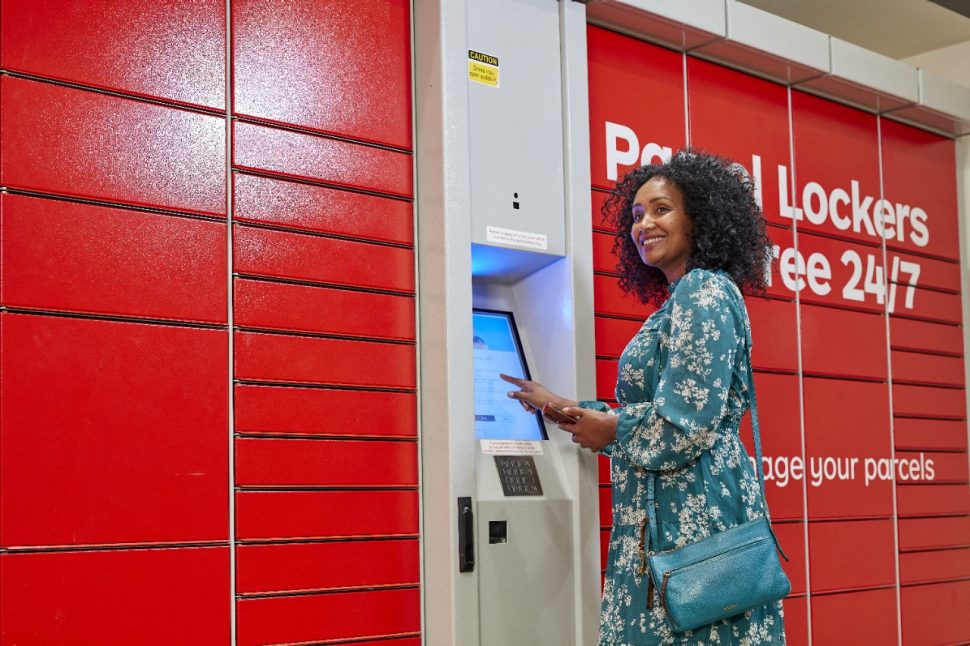Enhancing Logistics Efficiency with QR Codes: Real Examples for Australian Businesses
As Australian logistics providers work to streamline operations, QR Code Logistics have emerged as a key tool in tracking, storage, and real-time updates across the supply chain.
Here’s how QR Codes are helping logistics companies better serve their clients, reduce delays, and ensure deliveries run smoothly.
Why QR Codes are Transforming Logistics in Australia
Australia’s vast landscape and the unique logistics challenges of remote areas have increased demand for efficient tracking and transparency.
QR Code Logistics offer a simple yet powerful way to address these challenges, enabling logistics providers to enhance visibility at every step, reduce errors, and provide real-time updates.
Here’s a look at some ways Australian logistics companies are implementing QR Code Logistics to boost service delivery and customer satisfaction.
Asset Tracking: Real-Time Inventory Control
For logistics providers, keeping track of inventory is crucial, particularly in a market as vast as Australia. QR Code Logistics simplify inventory tracking by allowing staff to scan items and instantly update inventory records.
As an example, Linfox has implemented QR Codes for real-time tracking, enhancing efficiency and accuracy in their warehouses across Australia.
Through QR Code-enabled tracking, Linfox can monitor each asset’s movement across locations, making it easier to locate assets and minimize losses.
Businesses using a QR Code system can benefit from enhanced visibility across their operations and instant reporting that keeps inventory control streamlined.
- Example Link: Learn more about Linfox’s logistics solutions here.
Delivery Updates and Customer Notifications
QR Code Logistics play a vital role in improving the customer experience by offering real-time delivery tracking. When a QR Code is placed on a package, customers can scan it to receive up-to-the-minute tracking updates on their delivery.
This is especially useful for logistics companies like Australia Post, which uses QR Codes to improve transparency and ensure customers stay informed.
The scan links directly to a tracking page, allowing customers to monitor their package’s journey from start to finish. Not only this but it adds a QR Code to the app for easy collection from parcel lockers. Simply scan and the locker opens.
This approach keeps customers satisfied by allowing them to see exactly where their package is, reducing inquiries to customer service teams and enhancing customer retention.
- Example Link: Discover more about Australia Post’s tracking options here.

Warehouse Management: Streamlining Operations
For larger logistics providers with extensive warehouses, QR Code Logistics simplify item organization and retrieval, making warehouse management faster and more efficient.
A prime example is Toll Group, which uses QR Codes to manage product storage and retrieval. In their warehouses, each item or pallet is assigned a unique QR Code, enabling workers to scan and retrieve details instantly, reducing the need for time-consuming manual searches.
The QR Code Logistics link to each product’s database information, from SKU numbers to expiration dates. This ensures that items are rotated properly and reduces the risk of stock going to waste due to incorrect placements or lack of visibility.
- Example Link: Find out more about Toll Group’s logistics services here.
Fleet Management: Tracking Vehicles and Maintenance Records
In logistics, managing fleets effectively is essential, and QR Codes are simplifying fleet management for Australian logistics firms.
Mainfreight Australia has implemented QR Code Logistics on their vehicle fleet, allowing drivers and management teams to quickly access maintenance histories, fuel records, and mileage information simply by scanning the QR Code on the vehicle.
By using QR Code Logistics, fleet managers have instant access to real-time data, enabling proactive maintenance that reduces vehicle downtime and unexpected breakdowns. This ultimately saves money, optimizes fleet availability, and keeps shipments on time.
- Example Link: Explore Mainfreight’s fleet management services here.
Simplified Return Processes: Easing the Logistics of Returns
Returns can often be a logistical nightmare, but QR Code Logistics can simplify the process. DHL has introduced QR Codes for return shipments, making the process quicker and easier for customers and logistics teams alike.
Customers simply scan the QR Code provided with their return shipment to access instructions on where and how to return items.
This not only improves customer experience but also enables DHL’s logistics teams to better manage returns, reducing the complexity and streamlining processes.
By eliminating paperwork, companies can speed up the returns process, leading to faster restocking and reduced handling time.
- Example Link: Check out DHL’s logistics solutions here.
Inventory Checkpoints and Audits
Inventory audits can be time-intensive, particularly for logistics companies handling large quantities of goods. QR Code Logistics simplify this process by allowing employees to scan items at each checkpoint.
Metcash, a logistics provider servicing Australia’s grocery sector, has used QR Codes to optimize audits and quality control checks.
When each item or pallet is tagged with a unique QR Code, auditors can quickly verify each product’s location and quantity, saving time during inspections and ensuring accurate inventory records.
This streamlined audit process is invaluable for companies with high inventory turnover or those managing multiple locations.
- Example Link: Learn more about Metcash’s logistics solutions here.
Compliance and Safety Tracking
For logistics providers managing sensitive or regulated items, compliance and safety records are essential. QR Codes help Australian logistics companies like BlueScope Steel track safety information and regulatory compliance for each shipment.
Each load’s QR Code links to data on weight, material specifications, and compliance details.
This information is accessible to workers and inspectors via a simple scan, which helps reduce safety risks, avoid regulatory fines, and maintain high standards.
BlueScope’s use of QR Code Logistics in safety tracking has improved compliance while enhancing employee awareness about each shipment’s handling requirements.
- Example Link: Discover BlueScope Steel’s approach to logistics here.
Implementing QR Code Solutions in Your Logistics Operations
QR Code Logistics have proven to be an invaluable asset for logistics providers across Australia, enhancing efficiency, accuracy, and customer experience. Whether you’re a large logistics provider or a small business managing your own deliveries, QR Codes can help streamline processes and reduce errors.
If you’re interested in adopting QR Codes for your logistics business, consider partnering with an Australian provider like QR Codes Australia. They offer customizable QR Code solutions tailored to your logistics needs, from tracking and inventory management to real-time updates and fleet management.
For more insights and to get started with tailored QR Code solutions, visit QR Codes Australia.

